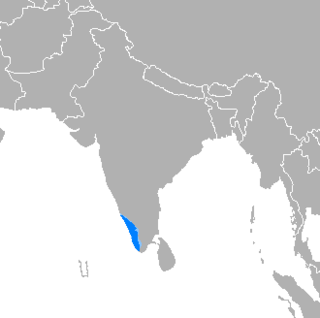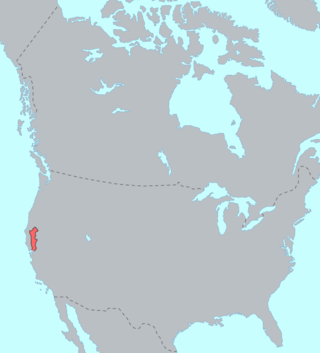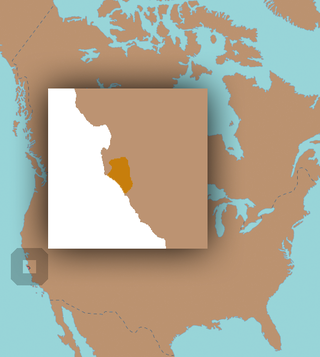
Malayalam is a Dravidian language spoken in the Indian state of Kerala and the union territories of Lakshadweep and Puducherry by the Malayali people. It is one of 22 scheduled languages of India. Malayalam was designated a "Classical Language of India" in 2013. Malayalam has official language status in Kerala, Lakshadweep and Puducherry (Mahé), and is also the primary spoken language of Lakshadweep and is spoken by 35 million people in India. Malayalam is also spoken by linguistic minorities in the neighbouring states; with a significant number of speakers in the Kodagu and Dakshina Kannada districts of Karnataka, and Kanyakumari, Coimbatore and Nilgiris district of Tamil Nadu. It is also spoken by the Malayali Diaspora worldwide, especially in the Persian Gulf countries, due to the large populations of Malayali expatriates there. They are a significant population in each city in India including Mumbai, Bengaluru, Delhi, Kolkata, Pune etc. Malayalam is closely related to the Tamil language.
Nivkh, or Gilyak, or Amuric, is a small language family, often portrayed as a language isolate, of two or three mutually unintelligible languages spoken by the Nivkh people in Russian Manchuria, in the basin of the Amgun, along the lower reaches of the Amur itself, and on the northern half of Sakhalin. "Gilyak" is the Russian rendering of terms derived from the Tungusic "Gileke" and Manchu-Chinese "Gilemi" for culturally similar peoples of the Amur River region, and was applied principally to the Nivkh in Western literature.

The Wappo are an Indigenous people of northern California. Their traditional homelands are in Napa Valley, the south shore of Clear Lake, Alexander Valley, and Russian River valley. They are distantly related to the Yuki people, from which they seem to have diverged at least 500 years ago. Their language, Wappo, has been influenced by the neighboring Pomo, who use the term A'shochamai or A'shotenchawi, meaning "northerners", to refer to the Wappo.

Guttural R is the phenomenon whereby a rhotic consonant is produced in the back of the vocal tract rather than in the front portion thereof and thus as a guttural consonant. Speakers of languages with guttural R typically regard guttural and coronal rhotics to be alternative pronunciations of the same phoneme, despite articulatory differences. Similar consonants are found in other parts of the world, but they often have little to no cultural association or interchangeability with coronal rhotics and are (perhaps) not rhotics at all.

The Yuki are an indigenous people of California who were traditionally divided into three groups: Ukomno'om, Huchnom, and Ukohtontilka or Ukosontilka. The territory of these three groups included Round Valley and much of northern Mendocino County and Lake County. Today they are enrolled members of the Round Valley Indian Tribes of the Round Valley Reservation. The exonym "Yuki" may derive from the Wintu word meaning "foreigner" or "enemy."

Uto-Aztecan, Uto-Aztekan is a family of indigenous languages of the Americas, consisting of over thirty languages. Uto-Aztecan languages are found almost entirely in the Western United States and Mexico. The name of the language family was created to show that it includes both the Ute language of Utah and the Nahuan languages of Mexico.

Numic is the northernmost branch of the Uto-Aztecan language family. It includes seven languages spoken by Native American peoples traditionally living in the Great Basin, Colorado River basin, Snake River basin, and southern Great Plains. The word Numic comes from the cognate word in all Numic languages for “person”, which reconstructs to Proto-Numic as. For example, in the three Central Numic languages and the two Western Numic languages it is. In Kawaiisu it is and in Colorado River, and.

Chumashan was a family of languages that were spoken on the southern California coast by Native American Chumash people, from the Coastal plains and valleys of San Luis Obispo to Malibu, neighboring inland and Transverse Ranges valleys and canyons east to bordering the San Joaquin Valley, to three adjacent Channel Islands: San Miguel, Santa Rosa, and Santa Cruz.

Wintuan is a family of languages spoken in the Sacramento Valley of central Northern California.

Esselen was the language of the Esselen Nation, which aboriginally occupied the mountainous Central Coast of California, immediately south of Monterey. It was probably a language isolate, though has been included as a part of the hypothetical Hokan proposal.
Wintu is a Wintu language which was spoken by the Wintu people of Northern California. It was the northernmost member of the Wintun family of languages. The Wintun family of languages was spoken in the Shasta County, Trinity County, Sacramento River Valley and in adjacent areas up to the Carquinez Strait of San Francisco Bay. Wintun is a branch of the hypothetical Penutian language phylum or stock of languages of western North America, more closely related to four other families of Penutian languages spoken in California: Maiduan, Miwokan, Yokuts, and Costanoan.

Eastern Pomo, also known as Clear Lake Pomo, is a nearly extinct Pomoan language spoken around Clear Lake in Lake County, California by one of the Pomo peoples.
Wappo is an extinct language that was spoken by the Wappo tribe, Native Americans who lived in what is now known as the Alexander Valley north of San Francisco. The last fluent speaker, Laura Fish Somersal, died in 1990. The loss of this language is attributed to the general use of English in schools and workplaces.

The Yuki–Wappo or Yukian languages are a small language family of western California consisting of two distantly related languages, both now extinct.

The Ludza Estonians are a group of ethnic Estonians living in and around Ludza, south-eastern Latvia.

Welsh English comprises the dialects of English spoken by Welsh people. The dialects are significantly influenced by Welsh grammar and often include words derived from Welsh. In addition to the distinctive words and grammar, a variety of accents are found across Wales, including those of North Wales, the Cardiff dialect, the South Wales Valleys and West Wales.
Cochimí was once the language of the greater part Baja California, as attested by Jesuit documents of the 18th century. It seems to have become extinct around the beginning of the 20th century There were two main dialects, northern and southern; the dividing line was approximately at the Misión San Ignacio Kadakaamán, in the north of present-day Baja California Sur.
Patwin (Patween) is a critically endangered Wintuan language of Northern California. As of 2021, there was one documented first language speaker of Patwin. As of 2010, Patwin language classes were taught at the Yocha Dehe Wintun Nation tribal school.

Mendocino Indian Reservation, a former Indian reservation in Mendocino County, one of the early Indian reservations to be established in California by the federal government for the resettlement of California Indians. It was established in the spring of 1856, in the vicinity of modern Noyo. Its area was 25,000 acres and its boundary extended north from what is now Simpson Lane at 39°24′43″N123°48′30″W to Abalobadiah Creek and east from the Pacific Ocean to a north–south line passing through the summit of Bald Hill.
The Western Institute for Endangered Language Documentation, or WIELD, is a California-based 501(c)(3) nonprofit organization dedicated to the documentation, preservation, revitalization, and revival of fragmented languages, especially the Native American languages of western North America.














